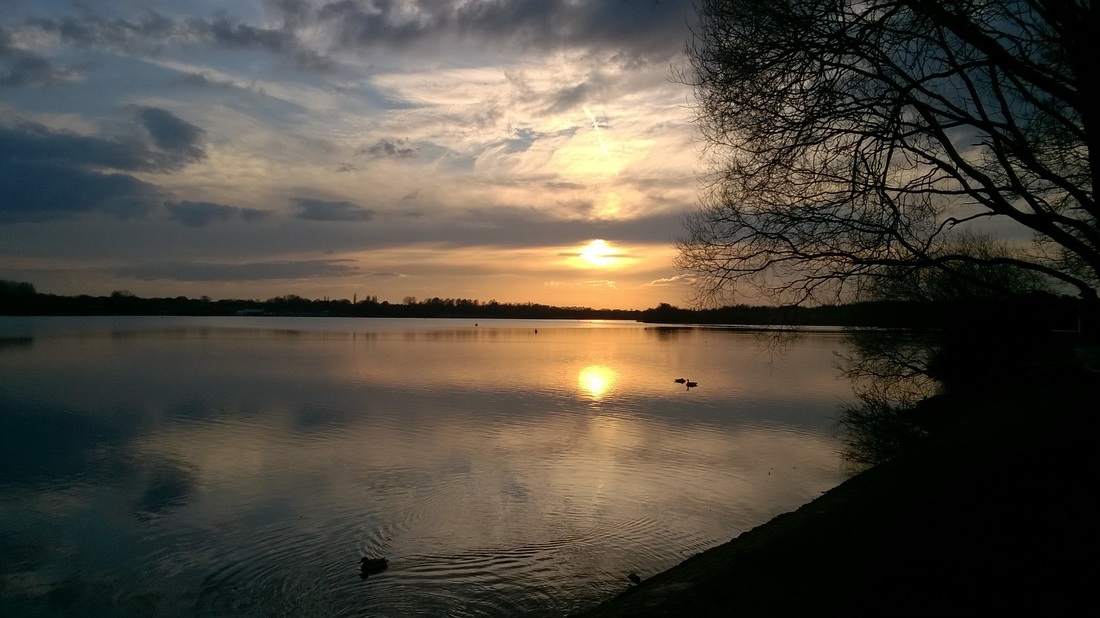Pennington Flash is on land that was prone to flooding in an area where there was subsidence from the local coal mines, a 'Flash' is a term for water filled hollow formed by subsidence.
Up to the early part of the 20th Century the land was used for farming but two farms eventually became flooded completely and had to be abandoned, the first Lower Allanson’s in 1907 and Urmston’s-in-the-Meadows in about 1910. During the 1920s the Flash sometimes almost disappeared and at other times caused flooding to nearby residential areas and farmland.
In November 1923 the residents on the northern edge of the Flash were forced to leave their homes because of flooding. A farm on the south side of the Flash was flooded in Spring 1926, sometimes the flash almost completely disappeared as in July 1926 but each winter the water returned. Summer 1927 brought another drought and once again there was very little water in the Flash, however floods in September and severe gales in October brought the water level up again. A railway that crossed the area was underwater in January 1928 and in May of the same year the track was reinforced and the rails re-laid.
Between January and March 1929 the Flash was completely frozen over for the first time since 1907. A storm in January 1930 caused the banks to break again causing severe flooding in the surrounding area. By the Summer 1930 the water had almost completely disappeared with the water only ankle deep. Yet again the water returned in the Winter months. The cycle of the water drying up in Summer and then the returning in winter with the risk of flooding the local area seems to be a reoccurring theme that continued up to the 1960's.
In 1951 a weir was built to control the minimum level of water in the Flash but in August 1962 freak storms caused more floods. In December 1964 there was more local flooding and a £4000 plan was put into operation in March 1965 to prevent more flooding, this seems to have failed as the surrounding areas were flooded both in February & July 1968.
During the 1970s the idea for using the for recreation and conservation were emerging and a total of 858.25 acres, costing approximately £300,000 was bought.
Pennington Flash Country Park was officially opened in 1981. The Park has a number of tracks and paths that offer walks of varying length through the nature reserve. More than 230 species of bird have been recorded. Insects are also abundant with 20 species of butterfly and 16 species of dragonfly being recorded in recent years. Wild flowers also grow in profusion around the nature reserve.

 RSS Feed
RSS Feed
